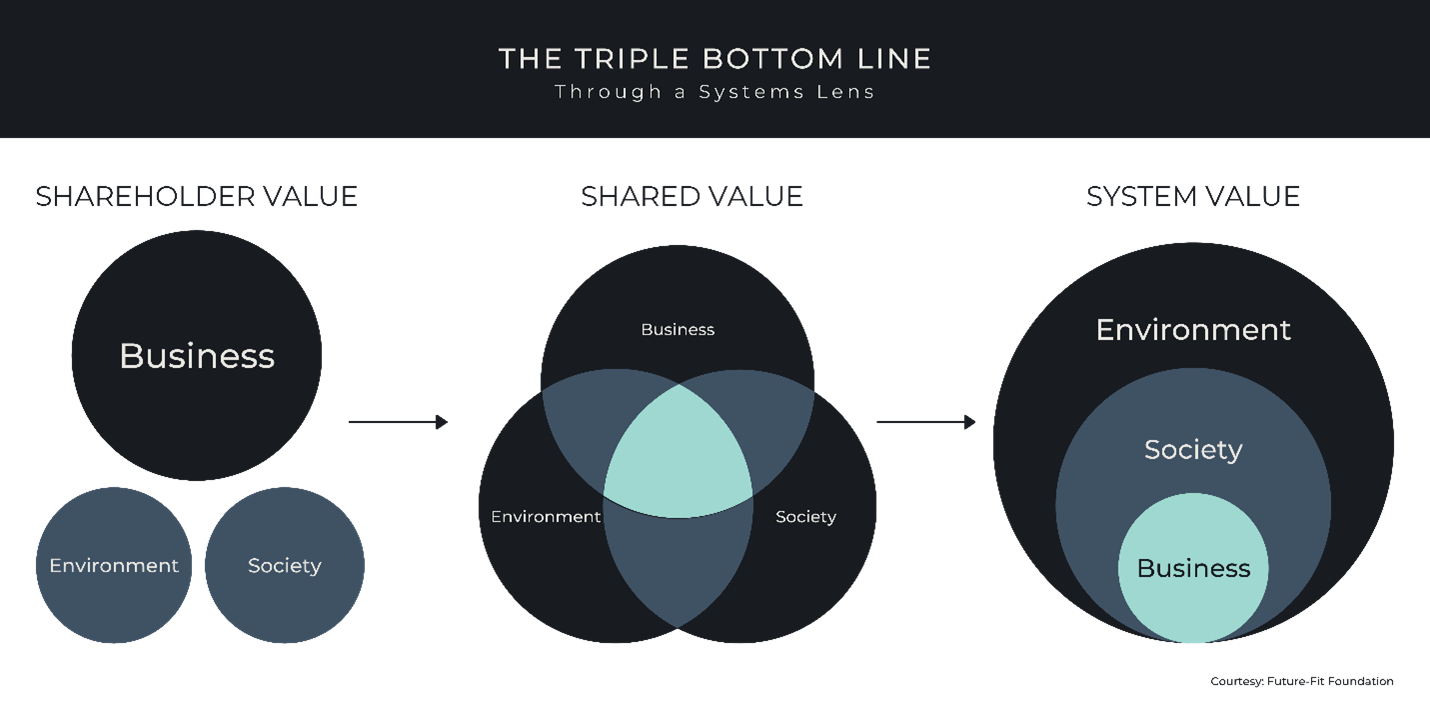Sustainable tourism seemed like a good idea at the time, but why sustain systems that are inherently broken? Travelers demand recovery strategies from destinations for current and future generations.
Just as travel has evolved in the last century, so has what people expect from it. It has evolved from a luxury pursuit to the quest for memorable experiences and life-changing encounters.
Then came COVID-19. The pandemic gave us the time and space for new levels of consciousness and conscience. While staying at home in 2020 and 2021, we took stock of our planet, examining our own actions and their consequences. As the world’s economies slowed down, we could immediately observe a positive impact on the environment. That offered a glimmer of hope in a dark time.
“In the midst of fear and isolation, we are learning that profound change is possible” -Rebecca Solnit, The Guardian
Prior to COVID-19, the word sustainability was used in a broad context. The goal was to sustain the economy, environment, and society. But now, sustainability itself is being slowly retired as no longer sufficient. Sustainability only attempts not to make things worse. Instead of reducing our impact, let’s stop creating problems that need to be solved with “sustainable solutions”. It is in our power to change—to regenerate our environment, our economy, and our society.
Regeneration Rising, a recent report published by Wunderman Thompson, explores exciting opportunities and innovations for a regenerative revolution. Driven by a cultural shift in attitudes, the movement will impact many industries and inspire millions of travelers to pursue a new type of travel called “Regenerative Tourism.”
Regenerative Tourism is purpose-driven travel. Guests will expect destinations that claim to be regenerative to deliver on that promise, participating in circular economies that benefit their local communities and restoring wildlife habitat. Each journey challenges travelers to rethink where they go, where they stay, and what they do while visiting. How can they leave each piece of the world better off than they found it?
Throughout the world, regenerative destinations are exploring answers to that question—and asking new ones, such as what is travel’s true purpose?
“It’s about meeting humans with vastly different backgrounds and stories than our own. About being recalibrated and awed by the natural world. About learning from the places and cultures we visit...”-Nina Karnikowski, author of Go Lightly: How to Travel Without Hurting the Planet
If travel has a true purpose, so does the travel industry. Regeneration presents a holistic new view that shifts from the traditional Venn diagram featuring business, environment, and society in three overlapping circles to a new scenario that places business at the heart of its society, which in turn is surrounded by the environment. To thrive, a hospitality business must deliver value for all three components. Giles Hutchins, in his book Future Fit, calls this “system value.”

With tourism and hospitality at the center of this system, architecture’s role is clear. Eco-friendly accommodations, long a part of sustainable tourism, are essential for regenerative destinations. However, architecture’s role goes much further and far deeper. Architects will design entire destinations, from initial concept to masterplan through to guest experiences, as regenerative.
The Future of Tourism organization has framed Guiding Principles to regenerate the industry. One asks that members “Recognize that most tourism by its nature involves the destination as a whole, not only industry businesses, but also its ecosystems, natural resources, cultural assets and traditions, communities, aesthetics, and built infrastructure.” Another principle calls us to “Limit high-occupancy resort tourism to concentrated areas. Discourage resort sprawl from taking over coasts, islands, and mountain areas, so as to retain geographical character, a diverse economy, local access, and critical ecosystems.” This transformative thinking must begin long before the first sketches are created.
One solution for discouraging sprawl and evolving infrastructure is modular structures that can be taken apart and relocated, leaving no trace—ideal for remote wilderness locations and sensitive habitats. The regenerative movement is spreading around the globe: on beaches, in forests, on mountains, and at agritourism destinations, such as California’s Sagra Farms, where farmland is leased by the hosts. The owners of Chaa Creek in Brazil transformed “a fledgling farm with no road access into a pristine, 400-acre private nature reserve boasting a selection of secluded eco-luxury villas, suites, and cottages.” While many regenerative solutions look back to simpler times for inspiration, innovation is the engine that will drive this movement forward.
With vaccinations rolling out and people beginning to travel again, consumers will set foot into a changed and changing world. Where will they choose to go? The hospitality industry itself has an exciting opportunity to regenerate.

